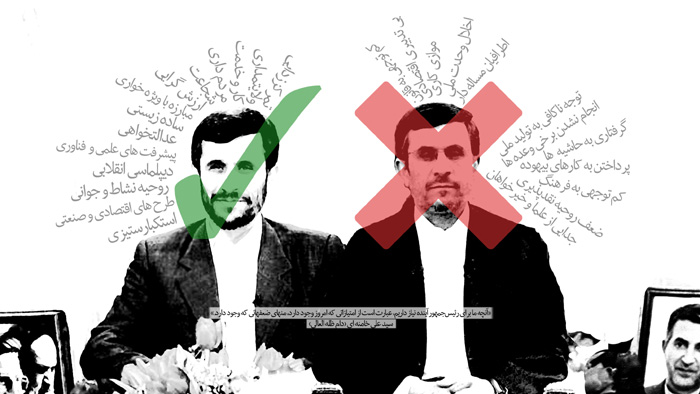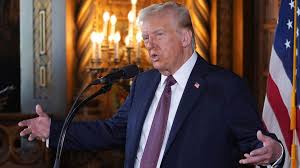Key Challenges for the Trump Administration in the Middle East

by:Amir Dabirimehr
Donald Trump, the 47th President of the United States, will take office in less than 20 days. His primary focus is on domestic issues, especially economic growth. However, since World War II, Middle Eastern affairs have always been a priority for U.S. governments, and given the current instability in the region, the new administration cannot ignore these events. This article examines the challenges facing the Trump administration in the Middle East at three levels: countries, topics, and priorities.
Four Key Countries
The four key countries that will be on Washington’s agenda during Trump’s presidency are: Israel, Syria, Yemen, and Iran.
Four Key Issues
The four critical Middle Eastern issues, ranked by priority, include: establishing a ceasefire in the Gaza conflict, preventing potential instability in Syria, suppressing the Houthis in Yemen, and preventing Iran from acquiring nuclear weapons.
- Gaza Conflict
Trump has officially stated that the Gaza war must end by January 20. In this conflict, Israel has killed over 40,000 Palestinians in 15 months to avenge the deaths of more than a thousand Israelis in a Hamas attack on October 7, 2023. This war has resulted in one of the most tragic events of the 21st century, with civilians—especially Palestinian children and women—being the primary victims, as in many other major conflicts. If the U.S. fails to halt this war, its international authority and power will be severely questioned.
- Syria
In a previous article, we discussed Syria and potential scenarios following the fall of Bashar al-Assad’s government in detail. The emergence of a civil war and the success of radical Islamist forces that managed to overthrow Assad are not favorable outcomes for the Trump administration. The objectives the U.S. is pursuing in Syria remain unclear, but one thing is evident: the future Syrian government should not be hostile towards Israel and must deny Iran the opportunity to maintain a presence in the region and support proxy forces opposing the U.S. and seeking Israel’s destruction. Notably, in the past month, Iran’s Supreme Leader has threatened four times that the U.S. and Israel cannot establish a government in Syria that weakens the anti-Israeli and American resistance front.
- Yemen
The third significant issue shared by the U.S. and Israel in the Middle East is Yemen. The Houthis, supported by Iran, were at war with Saudi Arabia for several years and have recently engaged in air and naval conflicts with the U.S. and Israel since the onset of the Gaza war. The Houthis are militias that managed to mobilize the Yemeni people after the downfall of President Ali Abdullah Saleh. Despite severe poverty and hunger in the country, they continue to maintain their rule over Yemen. It seems that Trump will prioritize the overthrow of the Houthis and the establishment of a like-minded government due to shared interests with Israel and Saudi Arabia.
- Iran’s Nuclear Ambitions
The final priority for the U.S. under Trump is preventing Iran from acquiring a nuclear bomb. This issue is so critical for the new administration that, a few weeks ago, The Wall Street Journal reported that Trump’s team is considering operations to bomb Iran’s peaceful nuclear facilities if nuclear negotiations reach a deadlock. If the U.S. cannot reach an agreement with Iran, stability and security in the Middle East will be severely affected.
In the future, we will analyze each of these issues in more detail.





